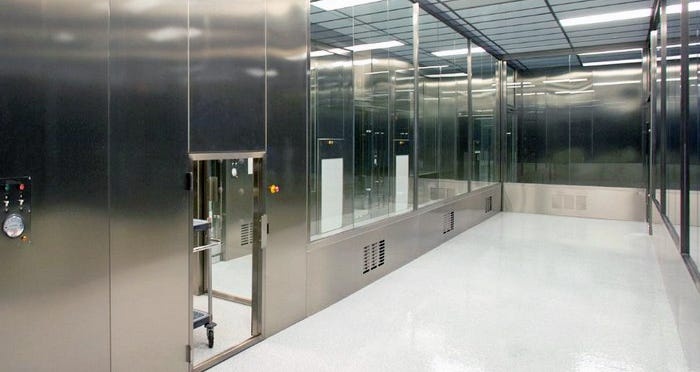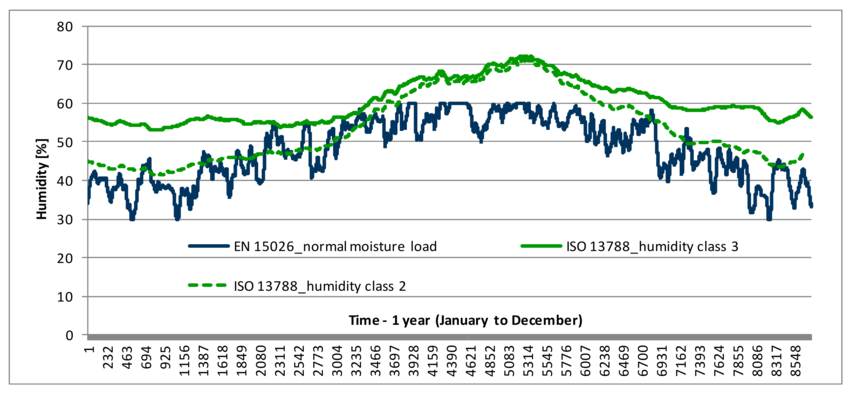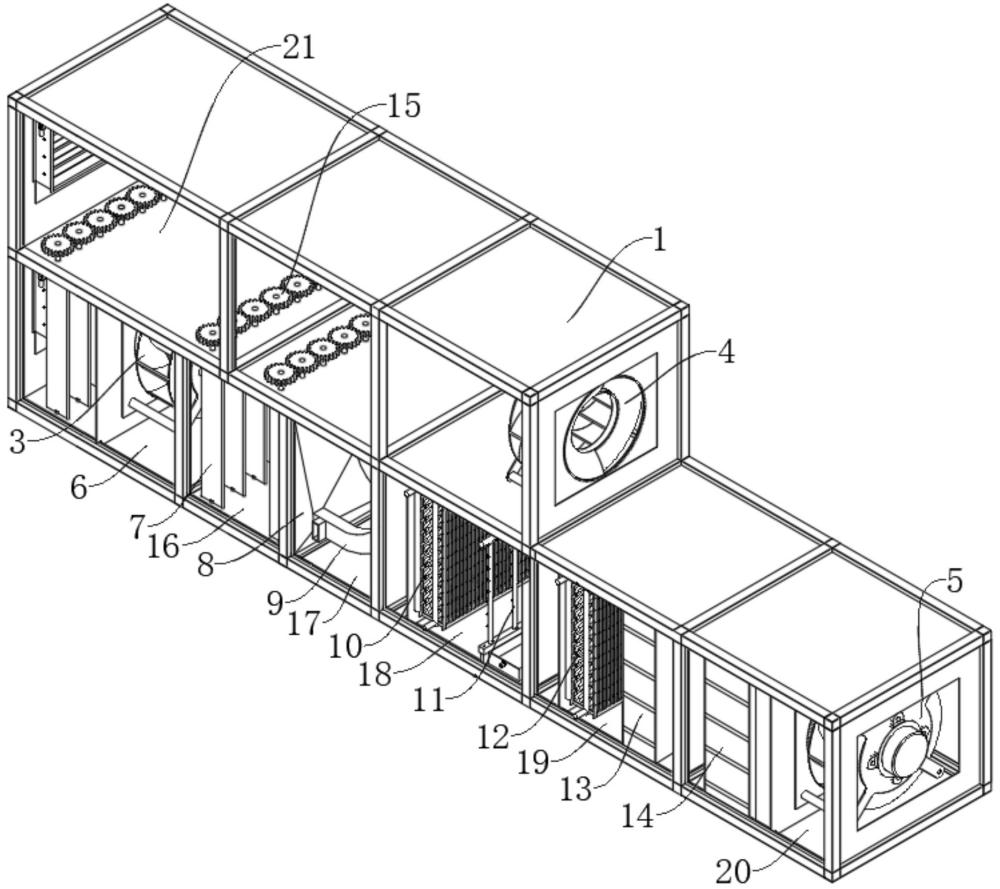Humidity Requirements for an ISO 8 Cleanroom
Maintaining Optimal Environmental Conditions for Sensitive Industries
In the meticulous world of cleanrooms, controlling environmental parameters like humidity is crucial for maintaining the quality and safety of products, especially in an ISO 8 setting.
Understanding the importance of humidity levels can significantly enhance the operations of industries ranging from pharmaceuticals to Electronics.
This article provides a comprehensive overview of iso 8 cleanrooms, focusing on how humidity impacts various applications, with insights from Deiiang™, a leader in cleanroom solutions.
What is an ISO 8 Cleanroom?
An ISO 8 cleanroom is a controlled environment that limits airborne particulate contamination to a maximum of 3,520,000 particles per cubic meter for particles larger than 0.5 micrometers. This classification, defined by ISO 14644-1, is commonly employed in industries that require consistent but moderate levels of cleanliness. Deiiang™ specializes in constructing these environments, ensuring compliance with global standards and leveraging the expertise of product designer Deiiang Jason.peng to optimize operational efficiency.

Representation of an ISO 8 cleanroom environment
Applications of ISO 8 Cleanrooms
ISO 8 cleanrooms have diverse applications across several industries. They are prevalent in pharmaceutical settings for non-sterile manufacturing processes, as well as in the assembly and packaging of medical devices. Moreover, they play a vital role in the electronics industry, where even minor levels of dust can impact product functionality. GCC®️ and Deii®️ technologies incorporate advanced design features to suit these varied applications and maintain the necessary cleanliness levels.
The Impact of Humidity on Cleanrooms
Humidity control in cleanrooms is essential, as fluctuations can lead to product degradation, microbial growth, and static electricity, particularly in sensitive manufacturing processes.
Maintaining optimal humidity levels prevents these issues, ensuring product stability and safety.

- Product Degradation: Moisture can cause materials to swell, warp, or decompose
- Microbial Growth: High humidity provides an ideal environment for bacteria and mold
- Static Electricity: Low humidity increases the risk of static discharge, damaging sensitive components
- Process Inconsistencies: Fluctuating humidity can affect manufacturing processes
Humidity Requirements for Different Industries
Pharmaceutical Cleanrooms
In pharmaceutical applications, humidity control is vital to prevent moisture-sensitive materials from degradation. Typically, ISO 8 pharmaceutical cleanrooms maintain a Relative humidity (RH) level between 30% and 50%.
This range helps safeguard the integrity of hygroscopic drugs and powders, protecting sensitive ingredients from moisture-induced reactions.
Medical Device Cleanrooms
For medical devices, too much humidity can lead to material swelling or microbial contamination.
An RH level of 30% to 60% is generally advised, though the specifics may vary depending on the material and manufacturing process used.
Controlling humidity is essential to prevent non-conformities, ensuring products meet stringent regulatory standards before deployment.
Cosmetics Cleanrooms
In cosmetic manufacturing, humidity control is crucial to avoid impacts on product consistency, particularly in preservatives and fragrances.
ISO 8 cosmetics cleanrooms usually maintain RH levels within 40% to 60%.
This helps maintain product integrity and prolong shelf life, adapted to specific product needs.
electronics cleanrooms
For electronics manufacturing, static discharge, often exacerbated by low humidity, can be detrimental. Thus, humidity is typically controlled to be no lower than 40% RH in ISO 8 electronics cleanrooms.
Maintaining this balance between 40% and 60% prevents static-related issues and keeps delicate electronic components safe from humidity-related damage.
Methods for Humidity Control
Effective humidity control involves using dehumidifiers, humidifiers, and HVAC systems tailored to the specific requirements of A CleanRoom. Real-time sensors and automated controllers ensure the environment remains within specified parameters, responding dynamically to any changes.
Desiccant Dehumidifiers
Desiccant dehumidifiers play a crucial role in environments requiring ultra-low humidity levels, absorbing moisture from the air efficiently. These systems are particularly effective in sectors such as electronics and pharmaceuticals, where maintaining low humidity is critical.

Modern Humidity Control System in a Cleanroom
Conclusion
Maintaining appropriate humidity levels in an ISO 8 cleanroom is essential for protecting products and ensuring compliance with industry standards.
From pharmaceuticals to electronics, each application has specific requirements, and Deiiang™ provides solutions that incorporate the latest technology and expert insights.
By understanding and implementing precise humidity controls, industries can significantly enhance their manufacturing processes, benefiting from the elevated standards of quality and safety that come with such meticulous environmental management.
© 2025 Deiiang™ Cleanroom Solutions. All rights reserved.
 +86 18186671616
+86 18186671616 Jason@cleanroomequips.com
Jason@cleanroomequips.com
 MENU
MENU



